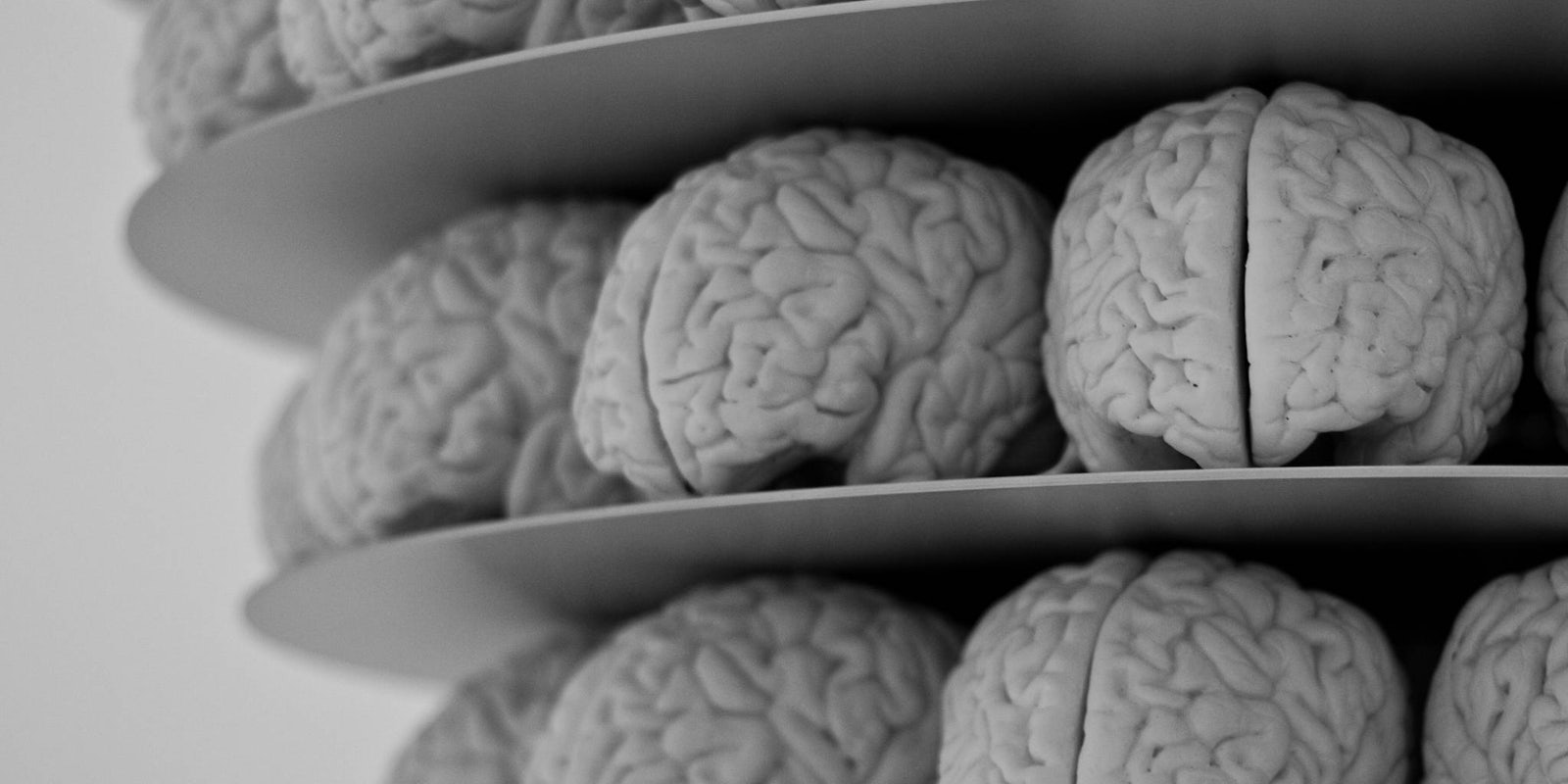It’s often assumed that differences in sex and gender are somehow innate, that there is a fundamental “way” men and women behave/think/are that is hardwired into our brains. While it’s true that in most societies men and women act differently from each other, is that really coming from our brains? And if not, what accounts for those differences?
To break down what we mean by “men’s” and “women’s” brains, we first have to define what that encompasses since both words are sort of sloppy. Someone assigned “male” at birth (based on their sexual organs) and someone who identifies as “male” is not the same thing. But for the sake of this argument, we’ll call the “male” brain one of someone with XY chromosomes, and the “female” brain one of someone with XX.
Overall, research on the differences between male and female brains has produced mixed results. In 2013, a study claimed to find neuron paths were different in men and women, which “proved” that men naturally have better spatial skills and women are better at remembering faces.
However, more evidence seems to be on the side that there’s little difference between the two sexes. “If I pulled two brains out of two buckets, there’s no way of knowing if they’re male or female,” Dr. Lise Eliot, a neuroscientist and author of the book Pink Brain, Blue Brain, told the Daily Dot. “There’s nothing on the surface. We all have the same structures… The same is true of the heart, liver, kidney. These are organs that are universal.”
Another study found that, while there were on average some structural differences between male and female brains, they were minor and had a lot of overlap. “There is no sense in talking about male nature and female nature,” researcher Daphna Joel told Science Magazine. “There is no one person that has all the male characteristics and another person that has all the female characteristics. Or, if they exist, they are really, really rare to find.”
So why do people use the brain as shorthand for all that is different between men and women? “I think when people are talking about male brains and female brains, they’re talking about behavior. Men and women obviously behave in ways that are different, and everybody knows the brain is what produces behavior, so at some level, our brains must be working in a different way,” says Dr. Eliot. However, according to her research, hormones and social conditioning are the biggest influencers on behavior.
Though all humans have estrogen, progesterone, and testosterone, the latter is widely known as what “masculinizes” the body, especially prenatally, when it is attached to testosterone receptors. However, that’s not to say more testosterone equals masculinity. According to Dr. Eliot, it doesn’t matter how much testosterone one has if there aren’t those corresponding receptors.
She points to research done on groups of women with Congenital Adrenal Hyperplasia. “These are XX individuals whose bodies produce very high levels of testosterone. In these individuals, adrenal glands hyper-secrete 20 times the normal amount,” she says. However, they identify as female about as much as the general AFAB (assigned female at birth) population. Rather than gender identity, testosterone could have an effect on sexual orientation: “There does seem to be a higher incidence of lesbian or bisexual orientation among CAH girls,” she says.
Other studies about the differences between men and women point to differences in brain activity, but those differences are coded into the brain from the outside rather than the inside. We live in a gendered world, from the language we use to the clothing we buy, so from day one our brains are processing information about how to live and present gender.
Dr. Eliot explains it like language. “You weren’t born speaking English, you were immersed in it from the moment you were born, so much that it feels natural. It feels like a reflex,” she says. “I think in similar ways, our gender identity is so imposed on us, even from before birth… Even the most gender-egalitarian parents are incapable—it’s impossible to raise someone in a gender-free way.”
This produces a sort of confirmation bias when it comes to finding boys and girls acting differently. “Parents will say, ‘We tried to be gender neutral,’ and when their son and daughter turn out differently they say, ‘You see? It’s all hard-wired, it’s all genetic.’ But the experiment just can’t be done.”
Testosterone differences can produce some slight changes—children with higher levels tend to favor more active play and toys—but it’s hardly enough to drive a wedge between the sexes. “It’s the whole weight of culture really driving them apart,” says Dr. Eliot.
In fact, studies do show that even the most conscientious parents treat their babies differently depending on their assigned gender. For instance, parents speak more to baby girls than to baby boys, and mothers are more likely to use emotional language with young girls, which could explain differences in vocabulary development and behavioral expectations.
In other words, though our gender identities are influenced by just about everything—hormones, genes, culture—the idea that all of it is inherent is false. Our brains work by processing information fed to them, both by our own bodies and by outside stimuli, so any differences between men and women come from processing and adapting that information.
But put those brains in a bucket, and your guess is as good as any what “gender” that complex, multi-influenced brain is.


